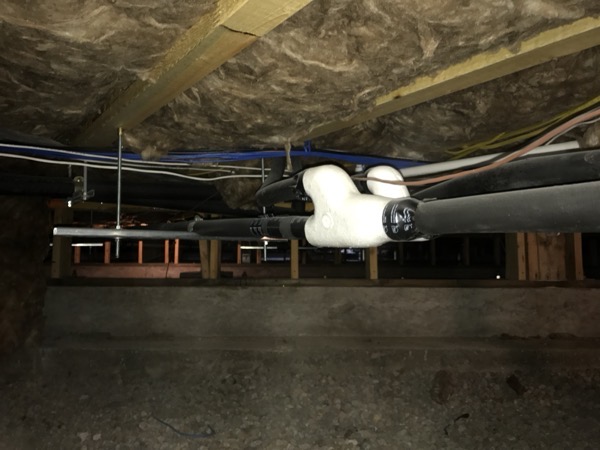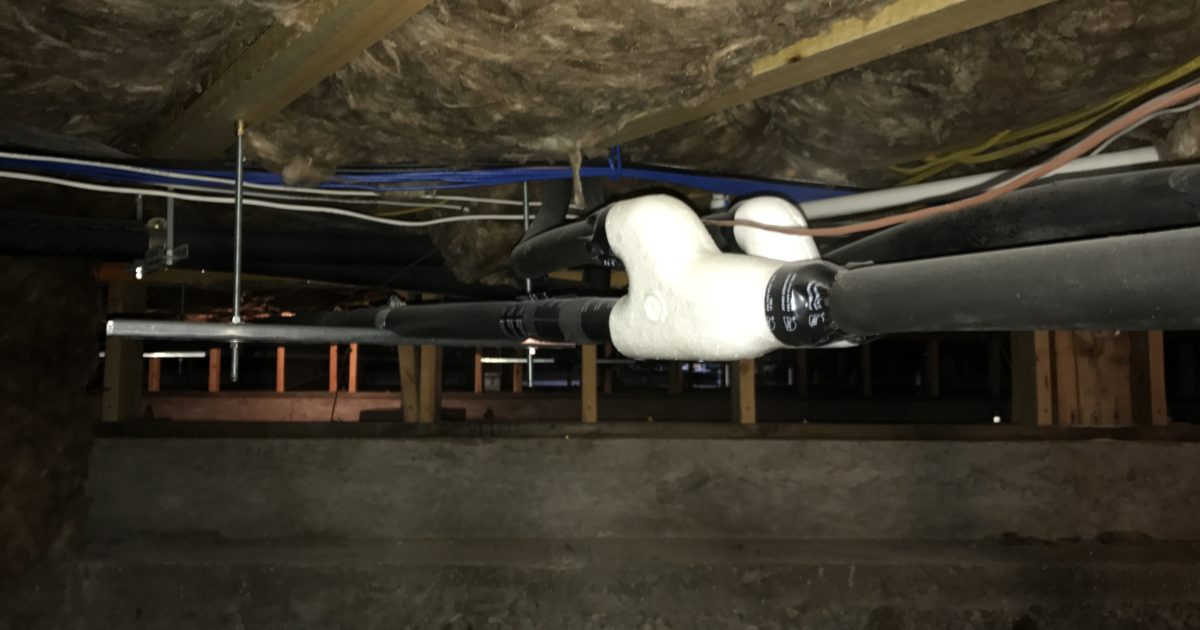A few years back, I was asked to look at a home with a VRF system that wasn’t working correctly. I showed up and found sagging refrigerant lines and Y joints that were improperly installed.



VRF is an amazing mechanical cooling technology that is efficient and quiet. However, it takes proper designing AND installation for the equipment to work as intended. When I showed up at this house in Reno, I went into the crawl space and found refrigerant lines that were sagging and Y joints that were installed incorrectly. They were vertical instead of horizontal.
Why are sagging refrigerant lines bad? In every air conditioning system, RTU, split system, VRF, mixed in with the refrigerant is some amount of oil. The oil acts as a lubricant where it lubricates the moving parts of the compressor, similar as in a car engine. If there are areas where the refrigerant lines sag, it can cause oil to collect and not make it back to the compressor. Not lubricating the compressor can lead to wear and early failure of the compressor. It’s important to always install refrigerant lines straight with minimal sagging.
And why can’t you install Y joints vertically? Short answer: Gravity.
If you install Y joints vertically, gravity naturally prevents refrigerant from going into that top branch. This means that any fan coils coming off that branch doesn’t get the refrigerant it needs to operate properly. And then THAT leads to under cooling/heating in that zone. They need to be installed horizontally so refrigerant can flow to both branches equally.
With any piece of equipment, it needs to be installed properly or else it won’t work as intended, or at the worst, lead to early failure of the equipment. There are trainings available for each manufacturer. If you need training, please reach out and I can direct you to where you need to go.


